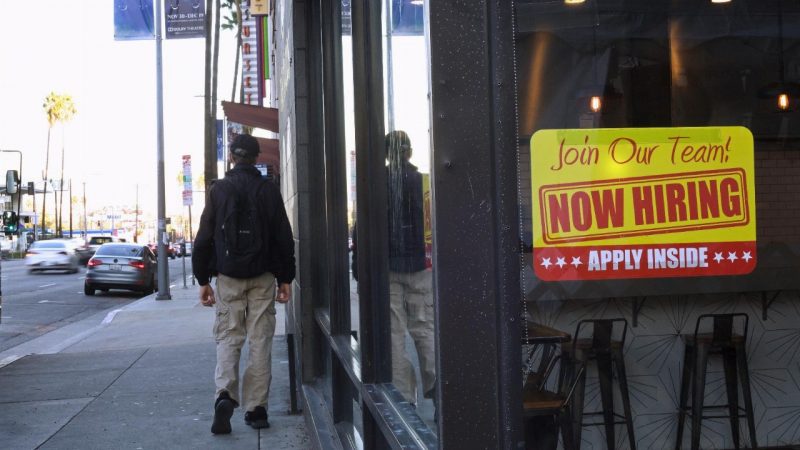- Australia’s unemployment rate dips below 4 per cent for the first time since the mid-1970s, according to the latest data from the Australian Bureau of Statistics (ABS)
- Around 4000 new jobs were created in April, with unemployment falling by 11,000 people to 3.9 per cent — its lowest point since 1974, when the data was recorded quarterly
- Roughly 13.4 million people now have jobs around the country, with monthly hours worked increasing around the nation by 23 million hours over April
- Alongside unemployment, the underemployment rate fell by 0.2 per cent to 6.1 per cent, and the underutilisation rate fell 0.3 per cent to 10 per cent
- This comes even as COVID-19 continues to impact hours worked around the country, with roughly 740,000 people working reduced hours in April due to illness
Australia’s unemployment rate has dipped below 4 per cent for the first time since the mid-1970s, according to the latest data from the Australian Bureau of Statistics (ABS).
While only 4000 new jobs were created in April, unemployment fell by 11,000 people, taking the seasonally-adjusted rate over April to 3.9 per cent.
ABS Head of Labour Statistics Bjorn Jarvis said this was the lowest monthly unemployment rate had been since the data was first recorded monthly in 1978. Up until that point, unemployment was measured quarterly.
“The last time the unemployment rate was lower than this was in August 1974, when the survey was quarterly,” Mr Jarvis said.
While the participation rate — the percentage of working-age Australians actively working or looking for work — dipped slightly to 63.8 per cent, it remains near the historic highs recorded in February and March.
Roughly 13.4 million people now have jobs around the country, with monthly hours worked increasing around the nation by 23 million hours over April.
The ABS said hours worked in New South Wales and Queensland increased in April after being heavily impacted by devastating floods in March.
“The number of people working fewer hours than usual due to bad weather dropped from its March peak of over 500,000 to around 70,000 people in April,” Mr Jarvis said.
Meanwhile, the Omicron variant of COVID-19 continues to impact hours worked around the country, with roughly 740,000 people working reduced hours in April due to illness. According to the ABS, this is almost double the typical number recorded in April before the pandemic hit.
Around 340,000 people worked no hours in April because of sickness — triple the typical pre-pandemic figure for April.
Alongside unemployment, the underemployment rate fell by 0.2 per cent to 6.1 per cent, and the underutilisation rate — a combination of unemployment and underemployment — fell 0.3 per cent to 10 per cent.
This is the lowest the underemployment and underutilisation rates have been since before the GFC, indicating more people switching to working more hours.
Compared to March 2020 in the early days of the pandemic, just under 400,000 more people are employed in Australia.

